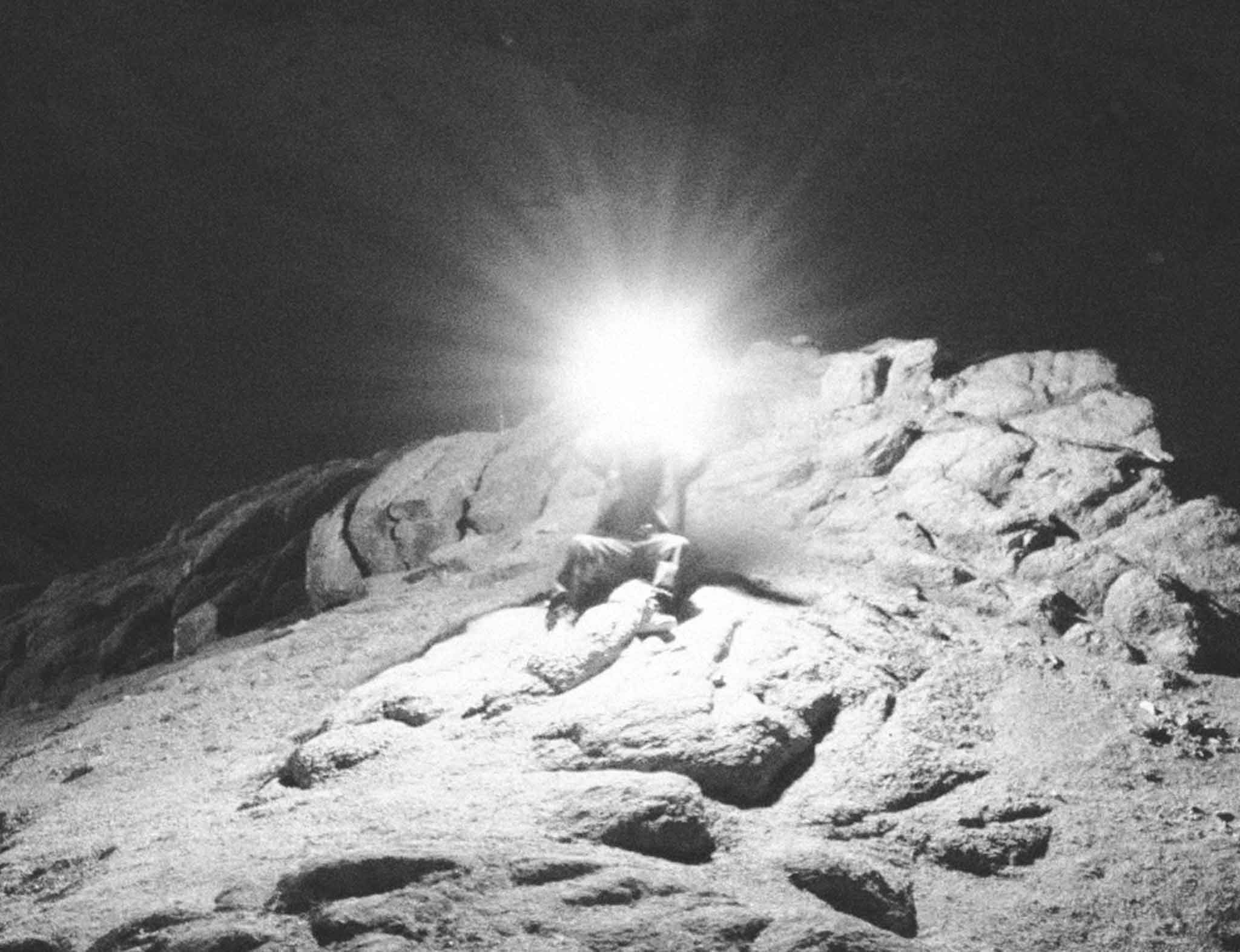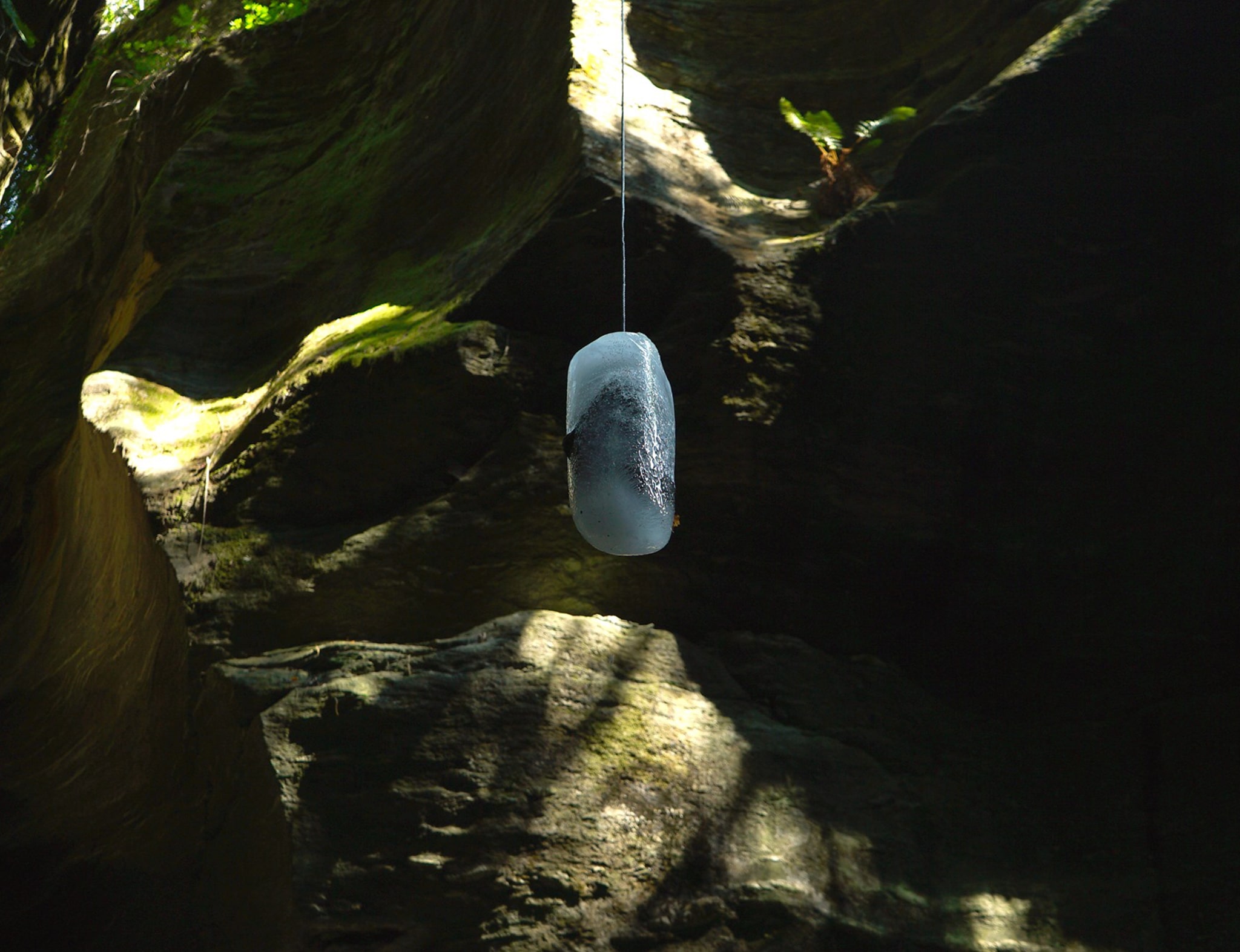When you dance, you stir up air currents while changing the temperature and humidity of the room you are in. I started to think of choreography as involving these changes as much as the human movement itself.
Jody SperlingDancing with the Global Winds: Interconnecting Movements | Jody Sperling
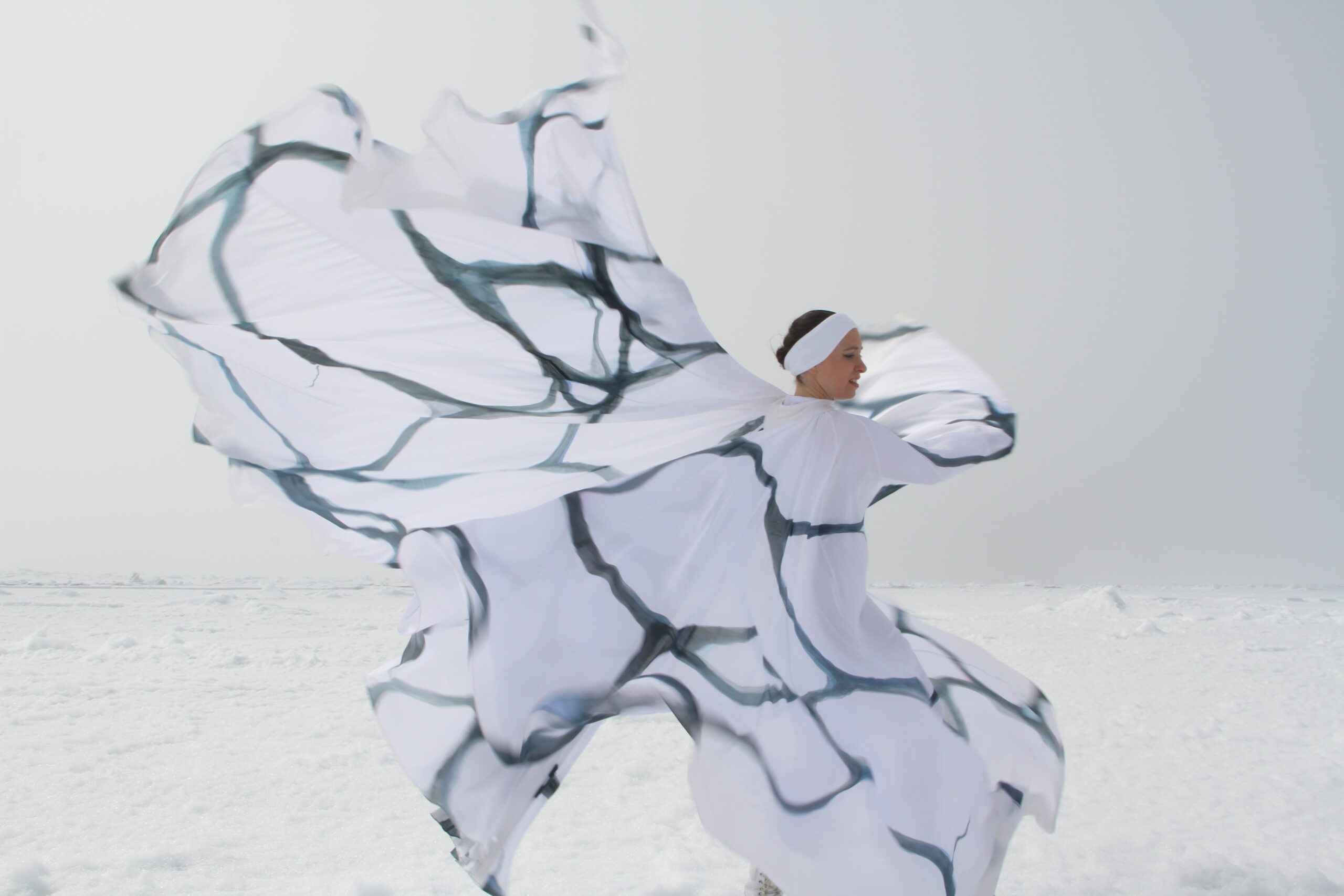
Jody Sperling is a New York City-based dancer and choreographer who explores contemporary and environmental performance forms. Her work interconnects the body’s relationship with the larger environment. In 2014, she participated in a polar science mission and danced on Arctic sea ice. Following her Arctic experience, her artistic focus has been on engaging with climate change creatively.
Through her art form, she cultivates the relationship between the moving body and environmental systems while providing strategies for climate-engaged art-making.
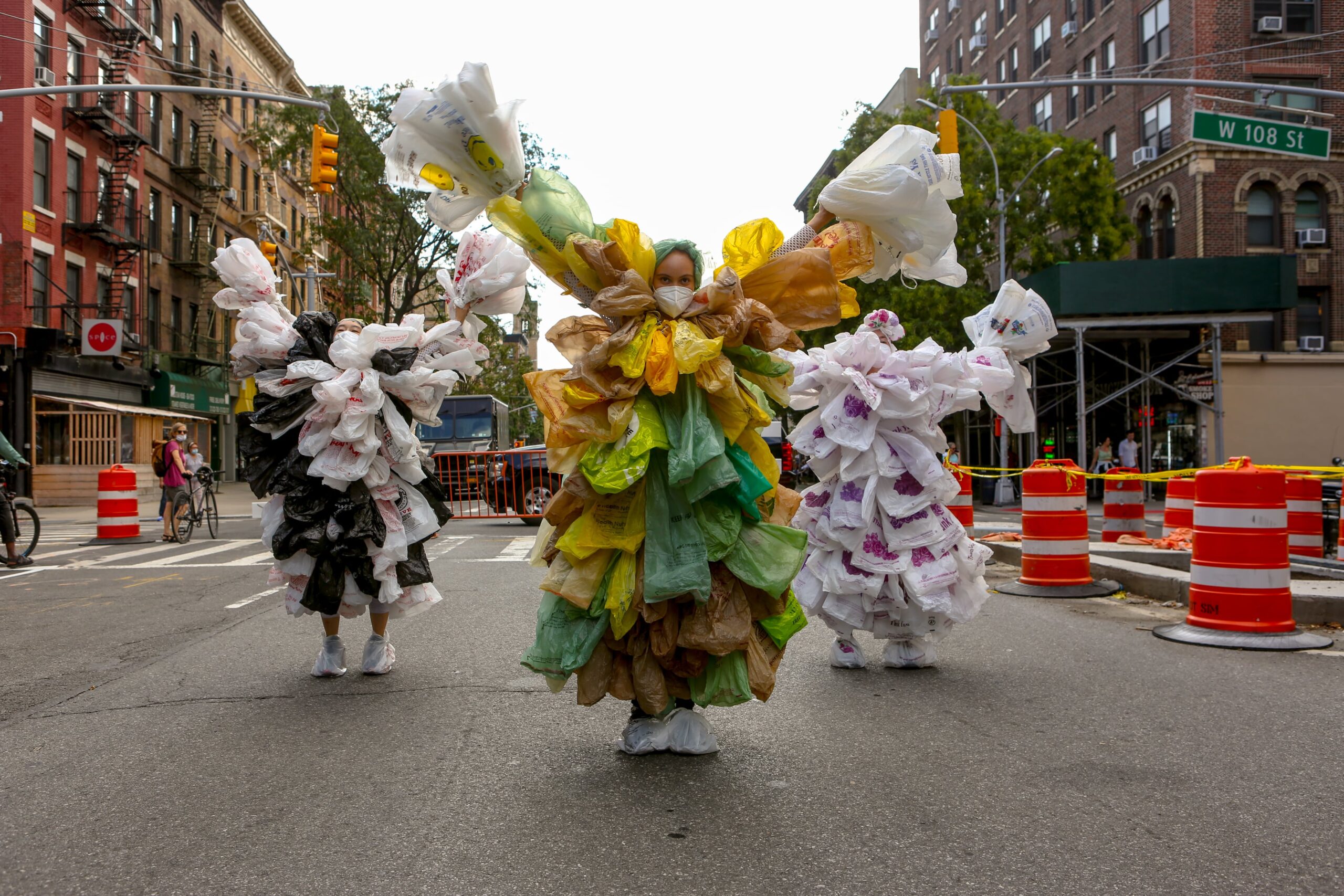
How has your relationship with choreography begun, and what caused your movement patterns to change to reflect the environmental sphere?
I had an eclectic introduction to choreography with many different styles of dance. When I serendipitously discovered the style of Loie Fuller (1862–1928)—who created mesmerizing spectacles using enormous costumes along with innovative lighting and projection technologies over a century ago—I delved into an exploration of the body’s dynamic relationship with space. This led me to think about dance movement as not just happening within the skin of a person but also having a direct impact on their immediate environment.
When you dance, you stir up air currents while changing the temperature and humidity of the room you are in. I started to think of choreography as involving these changes as much as the human movement itself. With Turbulence (2011), we sought to visualize patterns of air disturbance into kinetic forms while using the Loie Fuller costume apparatus. With Wind Rose (2018–19), we took the idea further by purposefully shaping air currents in ways that the audience could palpably feel.
In between those works, I had my first big environmental dance experience, where I participated in a polar science mission to the Arctic. While on that journey, I developed a practice of dancing on sea ice (in an expansive Fuller-style costume) and explored ways of echoing, reflecting, and embodying ice morphology into my movement.
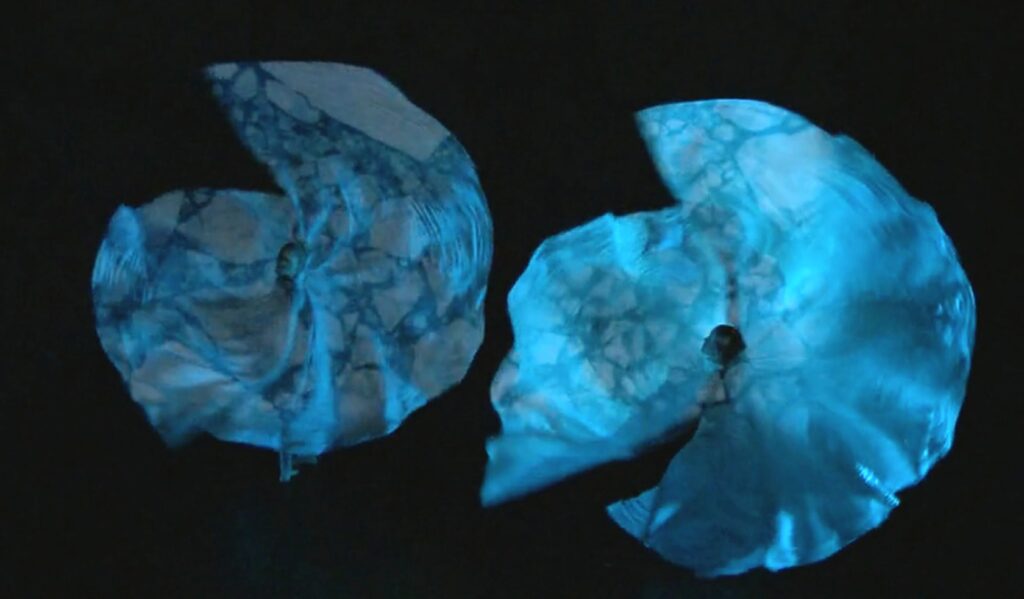
You perform in nature, on the streets, and in theater. In which space do you feel the most creative and intrinsic freedom?
When I perform in nature, I feel very humble. I am there to sense, to observe with my whole being, what systems are in play. So I experience less individual freedom and more of a sense of listening and learning.
When I dance onstage with the company, we adhere to well-established theatrical conventions. We dance in a darkened theater, in a defined area, for people who have volunteered for the experience of being part of an audience. In the theater, we have the most control over how our work is manifested and perceived, but perhaps less freedom to encounter the unexpected.
On the street, there are so many rules for how you’re supposed to behave in public. For one thing, you’re not supposed to walk in the middle of the street where the cars are, roll on the pavement, climb on fences, be still, gyrate, or run around in circles. Just our being there—dancing in ridiculous plastic-bag getups or our spectacular tree outfits—creates a rush of freedom because we are subverting the expectations of the place and encountering folks who are seeing their usual haunts go haywire.
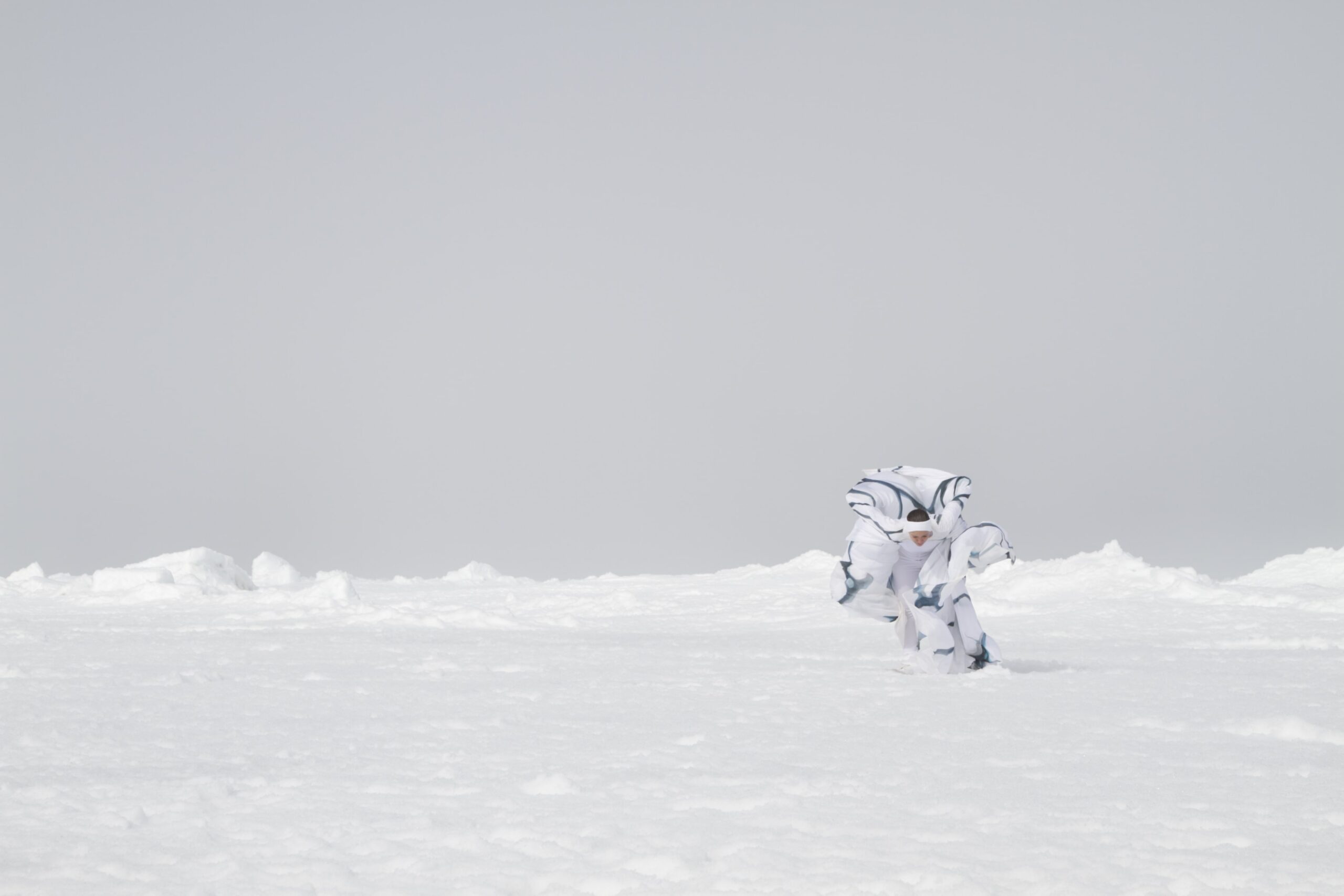
White has different connotations, from pure, dreamy, and eternal to the origin of things. It appears dominantly in your costumes. Does it permeate intentionality and personify natural systems?
We borrowed the white costume from Loie Fuller. We’ve kept using it for the same reasons she did, which is that in the theater, white is a blank canvas to be painted on with every imaginable hue of illumination and image projection. So a “white” costume can manifest the colors of a sunset, an underwater grotto, or a forest grove. I first hit upon the idea of doing a project in the Arctic because the white silk of our costumes suggested ice formations.
In what ways was performing “Ice Floe” on the Arctic different from your previous performances?
The 2014 journey that resulted in “Ice Floe” (a short film of me dancing on sea ice) and “Ice Cycle” (a dance-theater piece that embodies processes of ice formation and dissolution) was definitely a new experience for me. I was invited to join a group of scientists aboard an enormous icebreaker in the Chukchi Sea, north of Alaska. I was there as an artist involved with climate science communication. This was the first time that I took on climate change as a theme in my work, and it was also the first time that I integrated scientific data and concepts into the work itself. This journey begun a decade ago is still continuing in my life today.
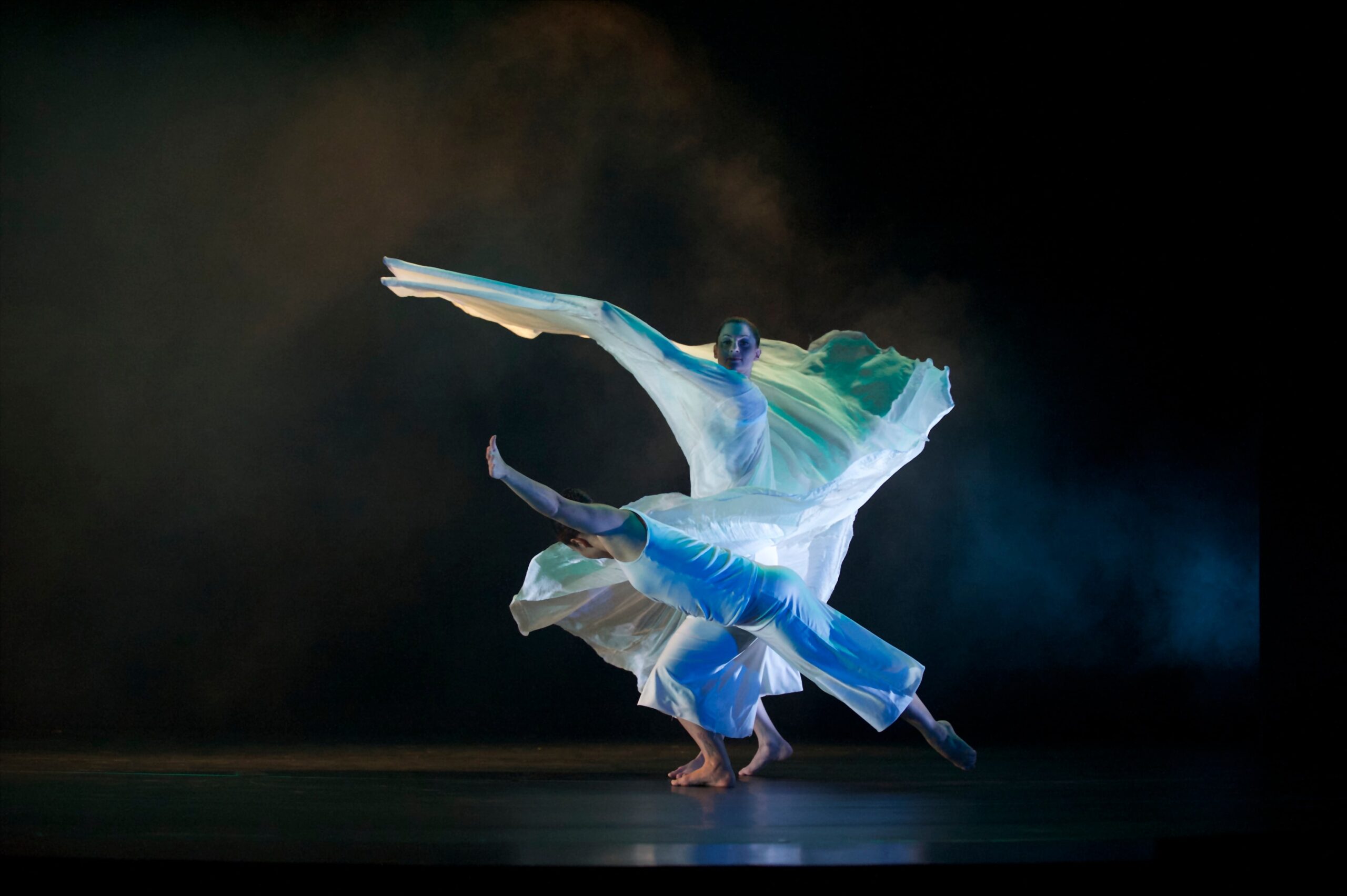
How does choreography embody the global winds and sounds of the natural world, and what traces does it leave behind?
In Wind Rose, we embody winds in different ways. In one sense, we are thinking about this transition from a more stable global air circulation pattern (how things have been) into a system that is increasingly turbulent, chaotic, and extreme (where we are going). In another sense, we are consciously staying in the here-and-now to create a local “wind rose.” A wind rose is a graphic tool that represents the wind speed, direction, and variability at a given time and place. I think of performances of Wind Rose, in which the dancers stir up various air currents, as creating this atmospheric snapshot in space. It’s fleeting but palpable, and it leaves a trace in the sense-memory of performer and spectator.
Do you think eco-acoustics and eco-kinetics practices create sensitivity among people to create more sustainable relationships?
For background, I developed the notion of eco-kinetics as a dance corollary to ecoacoustics, a form of environmentally-based music composition that my long-time collaborator, Matthew Burtner, employs in his work. It’s an ongoing inquiry into how patterned human movement (dance) can echo, reflect, and illuminate natural systems. I do believe that ecoacoustics and eco-kinetics can be entry points into finding a more sensitive and sustainable relationship with nature. In this post-Colonial world, especially those of us who are non-indigenous, we are yearning for non-exploitative ways to be in or with nature.
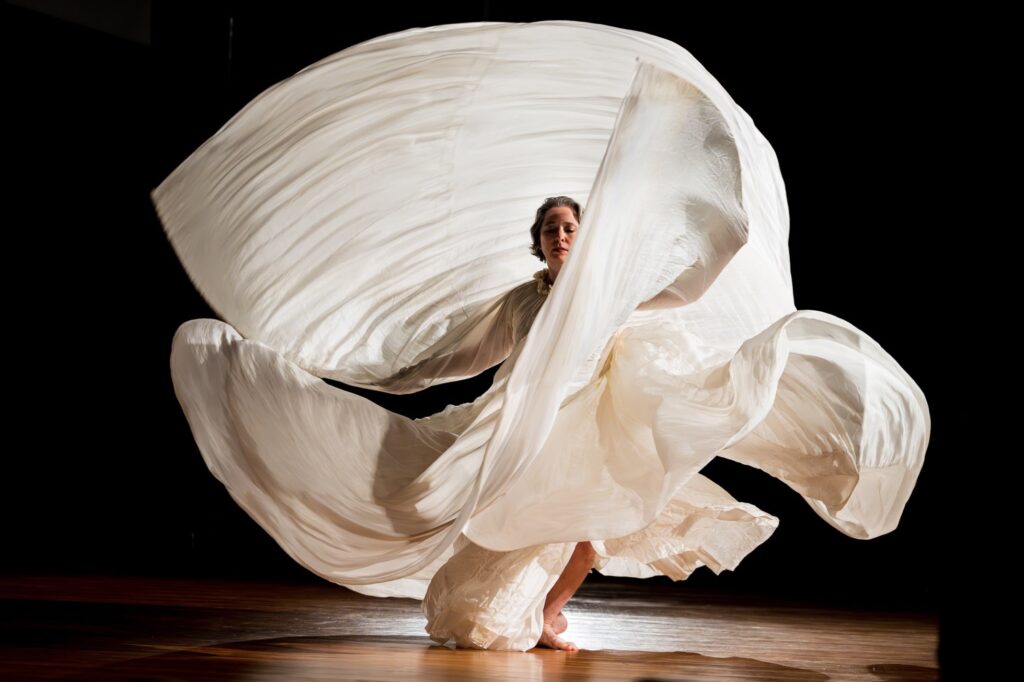
What would be one thing in nature that you associate with stillness and that consistently moves you?
I am constantly astounded by trees. Of course they are not actually still, even trunks that are not swayed by a breeze, but they grow at a pace we don’t easily perceive. I aspire to linger in treetime.
A new piece is born out of each of your collaborations, modeling interconnectedness. How deeply are your actions and creations rooted in ecologies? And at what pace do you think they will bring about a more equitable future?
Yes! Every piece requires so many collaborations—all of the artists, to be sure (the dancers, composer, costume designer, textile artist, dramaturge, etc.), but also our Board and the people who support the work with money and time, and all of our partner organizations (made of amazing people) that collaborate by offering space or organizing events—that when you break it down, a hundred people could be involved in what might appear to be a solo. We are deeply entrenched now in a residency at the New York Society for Ethical Culture and are thinking about how to make dances more ethically and how this grows more sustainable social ecologies.
I wish the pace of change were faster—the climate catastrophe is accelerating at breakneck speed, and we need to counter that—but the irony is that what we all need to do is slow down. So can we slow down more urgently?
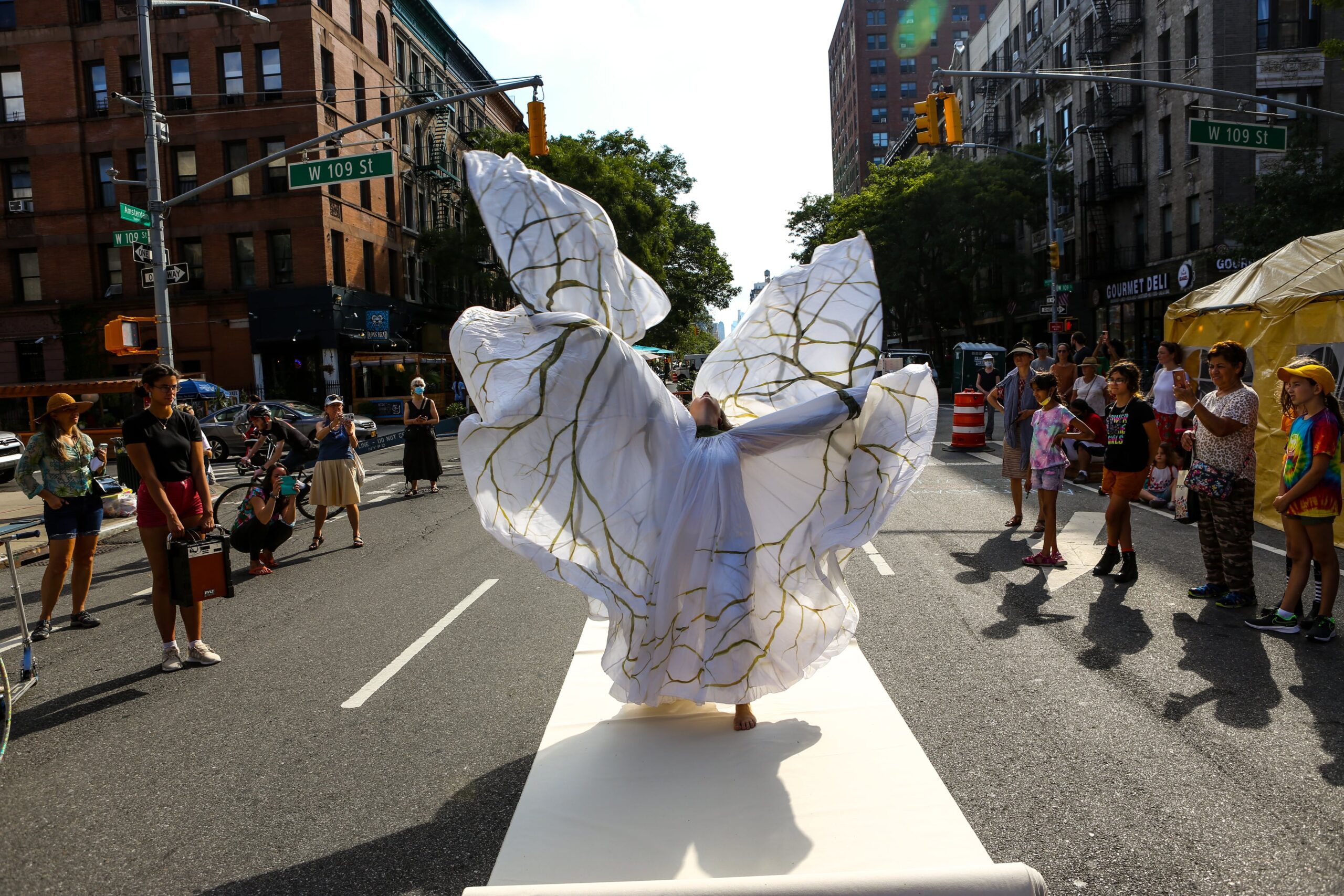
You imitate nature’s movements and sounds beautifully in your work, and sound seems to be an integral part of your practice. Have you ever considered working without sound and dancing to the rhythms of the wind and the energies of the earth?
In my practice, I dance to and with the sounds of the environment around me. That said, my dancing is not purely earth energy—the movement is filtered through my body as well as the technologies of costuming, lighting, media, etc. In my choreography, I feel a deep creative alignment with Matthew in the way he listens and responds to nature while rendering its structures with human-made instruments and technologies.
What kind of movement are you creating on Earth? Would you say your rhythms are in sync with the rhythms of nature?
I live in NYC, which is not usually thought of as a natural place, but even we city dwellers are earthlings first. Through the drone of traffic, you can tune into the seasonal rhythms (and sense their disruption), you can hear birdsong, and you can tend to the trees keeping your street cool. I’m not sure I’m entirely in sync with nature, but I believe that even in these densely human places, our species can find greater harmony with all the other beings.
Interview by Vanshika Agrawal @Vanshika5584



